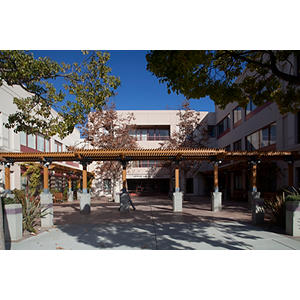
Hilit Kletter, PhD
Clinical Associate Professor
Clinical Child & Adolescent Psychology
Psychiatry and Behavioral Science Building
Child & Adolescent Psychiatry Clinic
401 Quarry Road
Stanford, CA 94305
Teléfono:
(650) 723-5511
Localización

Psychiatry and Behavioral Science Building
Child & Adolescent Psychiatry Clinic
401 Quarry Road
Stanford, CA 94305
Mapas, direcciones y estacionamiento
Teléfono : (650) 723-5511
Trabajo y educación
Subespecialidad
Kaiser Permanente, Milpitas, CA, 2009
Primeros años de residencia
Child and Family Guidance Center, Northridge, CA, 2008
Idiomas
English
Hebrew
Conéctese con nosotros:
Descarga nuestra App: